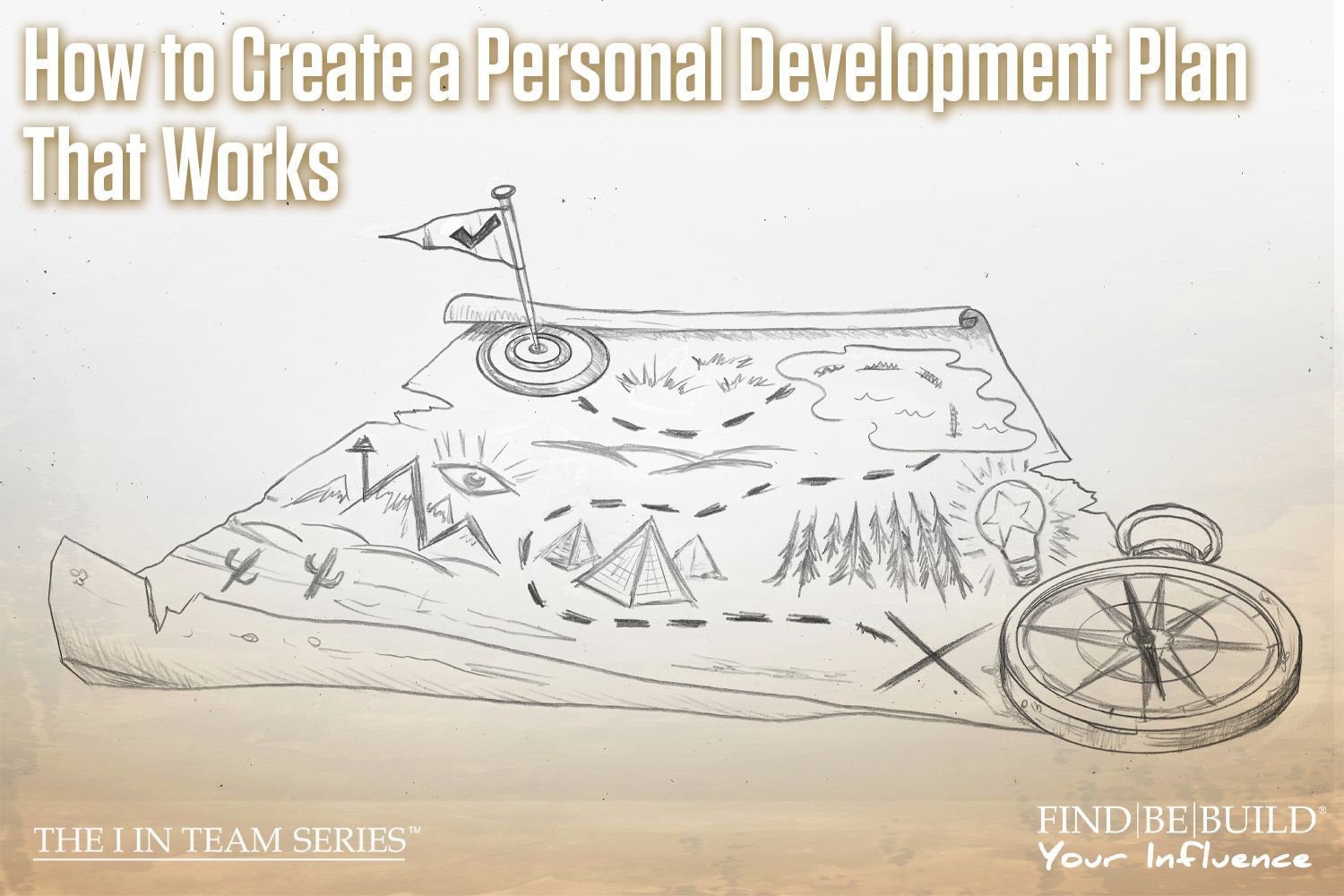How to Improve Your Web Design

Business consulting web design
Written by: Braden Zoet
In today’s digital economy, consumers have come to expect the companies they do business with to maintain an active and accessible online presence. This expectation is the same whether you deal in products or services, as your customers expect the information they are seeking to be instantly recognizable when they visit your website.
What I’m getting at here is that now more than ever it is important that you invest in a website that attracts and holds the attention of your target market. Obviously your design will be heavily influenced by the audience you want to attract and the image you want to convey, but there are still a few key factors you should take into consideration for any contemporary website. Companies like IA Business Advisors can help design and build a custom website for you from concept to creation. Please reach out to us for more information and examples of some of the work we have done for our clients.
To begin, you need to ensure your website employs a responsive design. Essentially, your site should appropriately respond to the end user’s behavior based on screen size, platform, and orientation. What do I mean by that? Take your cursor and move over to the edge of your browser window. Grab the edge and scale it back and forth. Notice how the design of the IA website changes to match the size of your window? This is important to incorporate so that your website looks just as good on tablets and mobile devices as it does on your desktop. Smart phones are becoming increasingly popular for web browsing and now account for more than half of the total internet traffic. As a result being mobile friendly can be the difference between a potential customer staying on your site, or moving on to a competitor whose site is easier to navigate.
This brings me to my next point, incorporating a simple navigation bar does wonders for cleaning up the aesthetics of your site and decreasing your bounce rate (the percentage of users who leave your site after viewing only one page). The information on your site should be organized in a way that is methodical and understandable to someone visiting your site for the first time. Having an excessive amount of information on your homepage can be overwhelming to visitors. Determine what information is truly relevant to your audience and remove the extra “fluff.” People will contact you for more specific information if they find your company compelling enough. For this reason, a contact form and any other relevant contact information should be prominently displayed.
By removing unnecessary and repetitive information you allow for the opportunity to incorporate blank space and compelling visuals. Today’s consumers expect your website to feature a user-friendly interface that relies on visual images as much as it does text. We recently rebranded our website and chose to juxtapose our simplistic design with whimsical, hand-drawn illustrations in order to inject a playful human element. Images can convey a much stronger emotional message to your visitor. While using stock images is always an option, custom graphics and genuine company photos can go a long way in establishing authenticity. Selecting the proper colors to fill your website also falls into this category. We paired softer, muted colors to create an elegant and minimalist look. Selecting complementary color choices takes careful planning, but when done correctly (or incorrectly) can influence how
Finally, I’d like to get to typography. Spending time on selecting a font to match your branding is often an overlooked step, but can go a long way in establishing your brand’s identity. For example, take a look at how the word “hello” is presented in this graphic. All three obviously convey the same word and its associated meaning, but based on how the word is presented you read it differently and elicit alternative reactions. While these font examples might be a little extreme for your typical website, it should go to show you just how much of an impact selecting a font can have on the reader. In most cases you’ll want to go with something that is easy to read with thin, crisp lines, but play around with it to add subtle but compelling flair to your design.
While this is only the beginning of a long list of considerations, hopefully it has you thinking about simple ways to improve your design and accordingly your user experience. Please feel free to comment below with any questions you might have, and consider reaching out to find out how our team of creative professionals can help with refining the look and message of your website.
© Individual Advantages, LLC 2017
The post How to Improve Your Web Design appeared first on IA Business Advisors.











